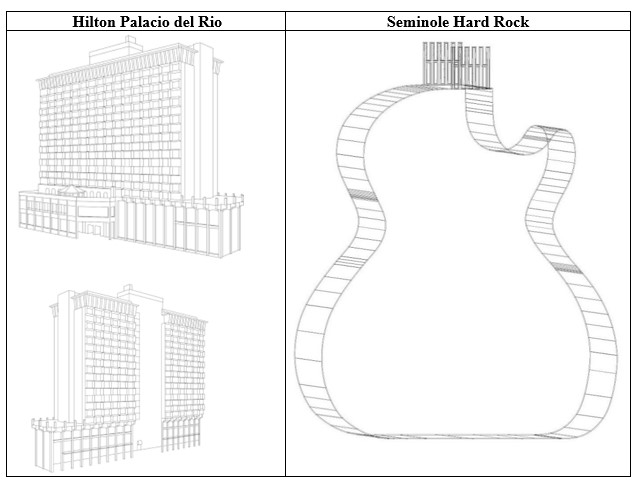In a post-grant review appeal, the US Court of Appeals for the Federal Circuit explained that patent claims reciting a range must enable the full scope of that range and, under the Administrative Procedure Act (APA), the Patent Trial & Appeal Board is not bound to decisions rendered in a Preliminary Guidance. Medytox, Inc. v. Galderma S.A., Case No. 22-1165 (Fed. Cir. June 27, 2023) (Dyk, Reyna, Stark, JJ.)
Medytox owns a patent directed to the use of animal-protein-free botulinum toxins with long-lasting effects. Galderma challenged the validity of Medytox’s patent in a post-grant review. In response to the challenge, Medytox filed a motion to amend the patent under the Board’s Pilot Program, which allows a petitioner to amend the patent claims and receive a preliminary decision as to whether the amendment would preserve the patent’s validity (Preliminary Guidance). Medytox proposed modifying the claims so that they only encompassed treatment methods that possessed a patient response rate of “50% or greater.” Galderma opposed the motion, arguing that claiming a 50% to 100% response rate constituted new matter, meaning the claim language improperly claimed an invention that was not described in the patent application as filed.
The Board issued a Preliminary Guidance construing the new claim language and explaining that it did not believe that Medytox’s amended claims represented new matter. According to the Board, the new limitation did not “necessarily” claim a range of 50% to 100% and instead could just be claiming 50% or greater. The Board explained that since the patent contained the concept of a greater than 50% response rate, claiming that rate was not new matter. As a consequence of the Board’s positive reception, Medytox amended all the claims to include the new language. Galderma once again opposed the motion and further argued that the amended claims were not enabled. The Board held an oral hearing and questioned the parties on the proper construction of the “50% or greater” claim language.
In its final written decision, the Board decided that the limitation was a range of 50% to 100%, contrary to its statement in the Preliminary Guidance. Because the claimed limitation was a range, the Board—citing the Supreme Court’s 2023 decision in Amgen v. Sanofi and the Federal Circuit’s 2012 decision in Magsil v. Hitachi Global Storage—explained that the entire range must be enabled. The patent, however, only described a response rate of up to 62%, so the Board found that the claimed range was not enabled. Medytox appealed.
Medytox alleged three errors. First, Medytox argued that the Board’s new construction was wrong. Second, Medytox argued that the claims were enabled. Finally, Medytox argued that the Board violated the APA by capriciously departing from its Preliminary Guidance. The Federal Circuit rejected Medytox’s arguments and affirmed the Board’s decision.
First, the Federal Circuit determined that there was no meaningful difference between the two possible constructions—claiming a response rate greater than 50% was essentially the same as claiming a response rate of [...]
Continue Reading
read more

 Subscribe
Subscribe



